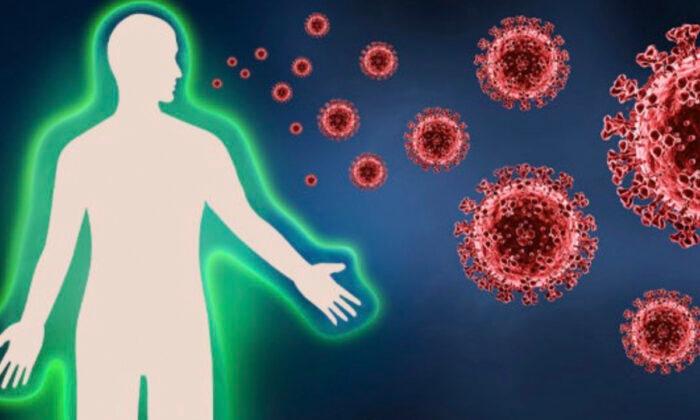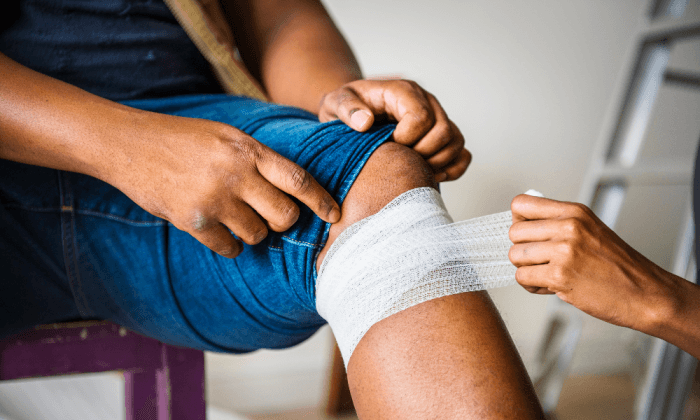Chiba University in Japan recently announced the results of a new study that found that the severity of COVID-19 is highly correlated with the concentration of myosin light chain 9 (Myl9) protein in the blood. The findings could help hospitals determine which patient groups should be prioritized for admission and discharge, and thereby reduce the burden on the healthcare system.
A large number of studies have found that the SARS-CoV-2 virus accumulates in the blood vessels of the lungs causing vasculitis (inflammation of blood vessels), the formation of microthrombi (small clots), and deposits of Myl9. The plasma level of Myl9 is elevated in such patients.
Researchers did post mortem analyses on three people who died from COVID-19, one from gastric cancer, one from a genetic disease, and tested 177 whole blood samples from living subjects.
Of the 177 living subjects, 123 were patients with COVID-19, from which they screened moderate and severe patients, and blood samples were collected from these individuals. In addition, blood samples were collected from severe patients once every 3 days, and a total of 400 blood samples were collected.
In order to facilitate the experiment for comparison, the researchers conducted blood tests on the remaining 30 healthy people, 9 patients with sepsis bacterial infection, and 15 patients who underwent cardiac surgery, to observe the changes in their plasma Myl9 concentration.
The results showed no significant increase in Myl9 concentration in 9 patients with sepsis bacterial infection or 15 patients undergoing cardiac surgery, however, the highest Myl9 concentration of 2,000 ng per mL (one ng equals one billionth of a gram) was found in patients hospitalized with COVID-19, which is more than 40 times the level found in healthy people.
In addition, the Myl9 concentration in one patient with COVID-19 at discharge was much lower than at admission, and also lower than the maximum Myl9 concentration during hospitalization. Some of the patients who died were found to have higher Myl9 concentration levels than at the time of admission.
In order to determine whether the severity of the disease in patients with COVID-19 was highly correlated with Myl9 concentrations in plasma, researchers conducted comparisons between 24 moderate and 27 severe patients, and found that severe patients had higher Myl9 concentrations than those with moderate disease, and that patients who died of COVID-19 had the highest concentration of Myl9 in their blood.
Comparing the Myl9 concentrations of patients at the time of admission and during hospitalization, a high positive correlation was found. And there was also a correlation between Myl9 concentration and the degree of hypoxia (low oxygen level in tissues) in the patients.
In addition, the researchers found a strong correlation between mortality from COVID-19 and the degree of pulmonary vascular damage, as they were able to detect arterial infiltrative microthrombi in the lungs of patients. The presence of numerous SARS-CoV-2 virus particles around the damaged pulmonary vessels was also found in patients who died.
The report concludes that Myl9 concentration levels in the blood can be a biomarker for determining the severity of COVID-19, and that measuring Myl9 levels in blood can help physicians determine whether those with COVID-19 are in the high-risk group, allowing them to receive intensive treatment earlier.
Kiyoshi Hirahara, a professor of immunology at the Graduate School of Medicine at Chiba University in Japan, told Japan’s Mainichi Shimbun newspaper on Aug. 2, “If we can develop a simple kit to measure Myl9 concentration, it will help us to decide which patients should be hospitalized first.”





